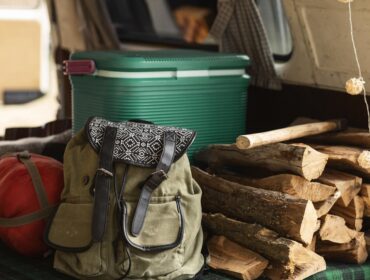Walking on water is a power generally reserved for beings of the supernatural variety. In the insect world, however, that power is realized in the water strider. As a member of the family Gerridae, they have evolved and adapted to live their lives on top of the water. Let’s take a look at a few facts about this fascinating insect.
How do they do it?
Most won’t be shocked to learn that the ability for the water strider to walk across water boils down to scientific means. Especially on the surface, water has a high degree of tension and each molecule is polarized so they cling to each other like magnets. These factors create a sort of surface for water striders to walk on.
Additionally, they have biological components that aid their skill. Four of their six legs are extremely long and skinny to help distribute their weight over a greater area. Each of their longer legs is home to thousands upon thousands of hairs that serve the express purpose of hydrofuge. When an insect has hydrofuge hairs, they essentially repel water, partially by trapping air. This anatomical factor allows them to float and also allows them to use their legs to row, navigate, and move about the water overall.
What do they eat?
Because they spend most of their life on the surface of water, water striders eat small insects that land on the surface as well. These can range from gnats and mosquitoes to larger bugs like flies or dragonflies. They use their other two legs (that aren’t long and used for floating) to snare and capture their meals.
Where do they live?
As a general rule, water striders like any body of water that is relatively still or slow moving. Places like ponds, creeks, or marshes are some of their favorite habitats, but you likely won’t find them on the ocean. They can be found just about anywhere in the United States in several different climate zones.
Check out this cool clip of a water strider doing what it does best: walking on water!
Featured Image from Maleo/Unsplash




